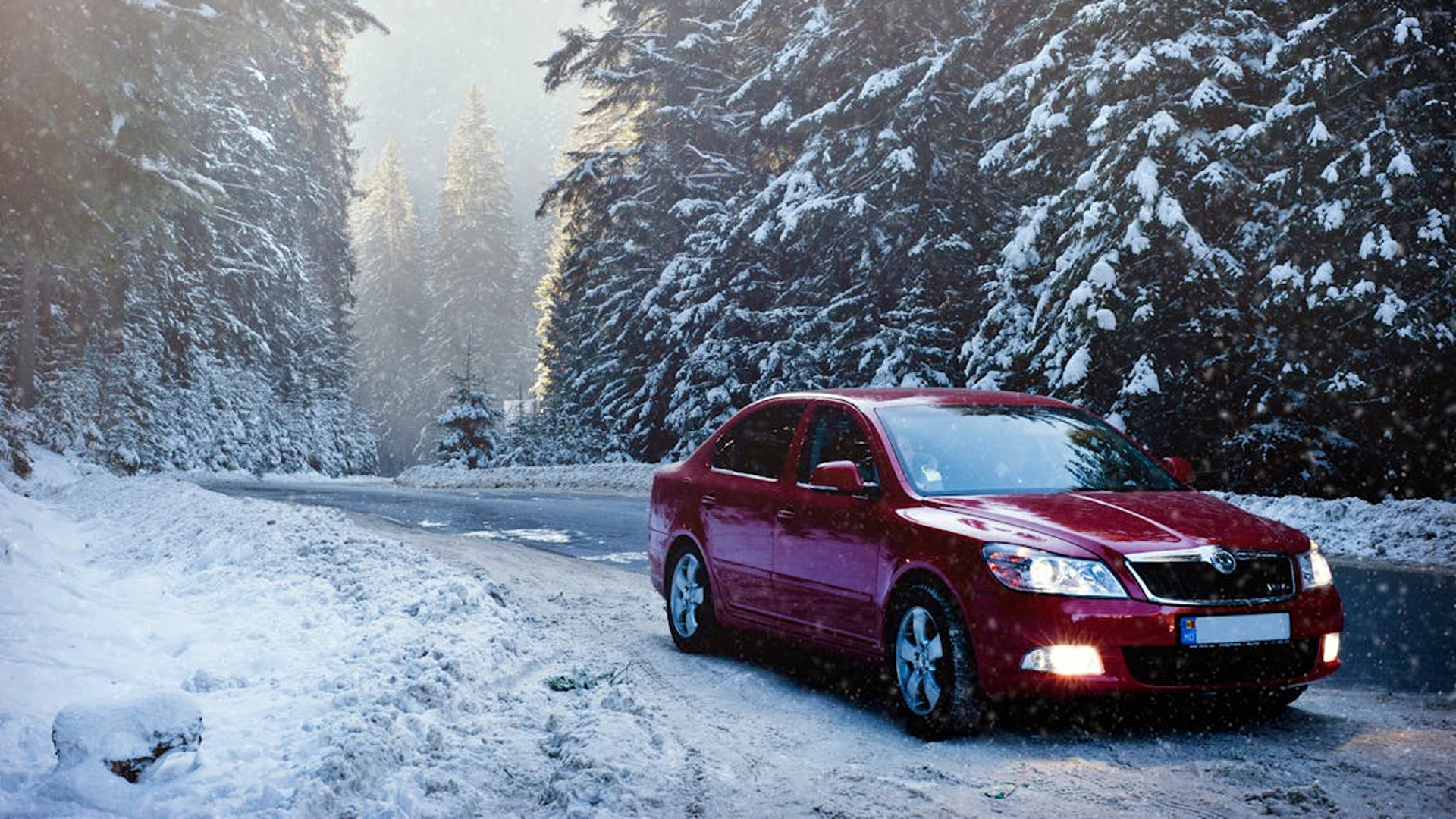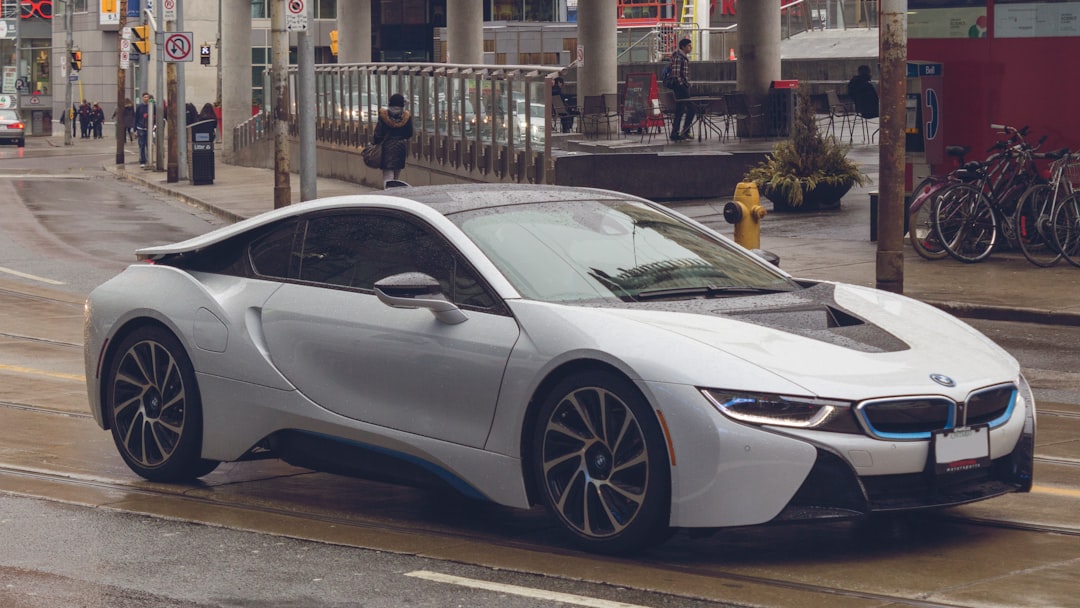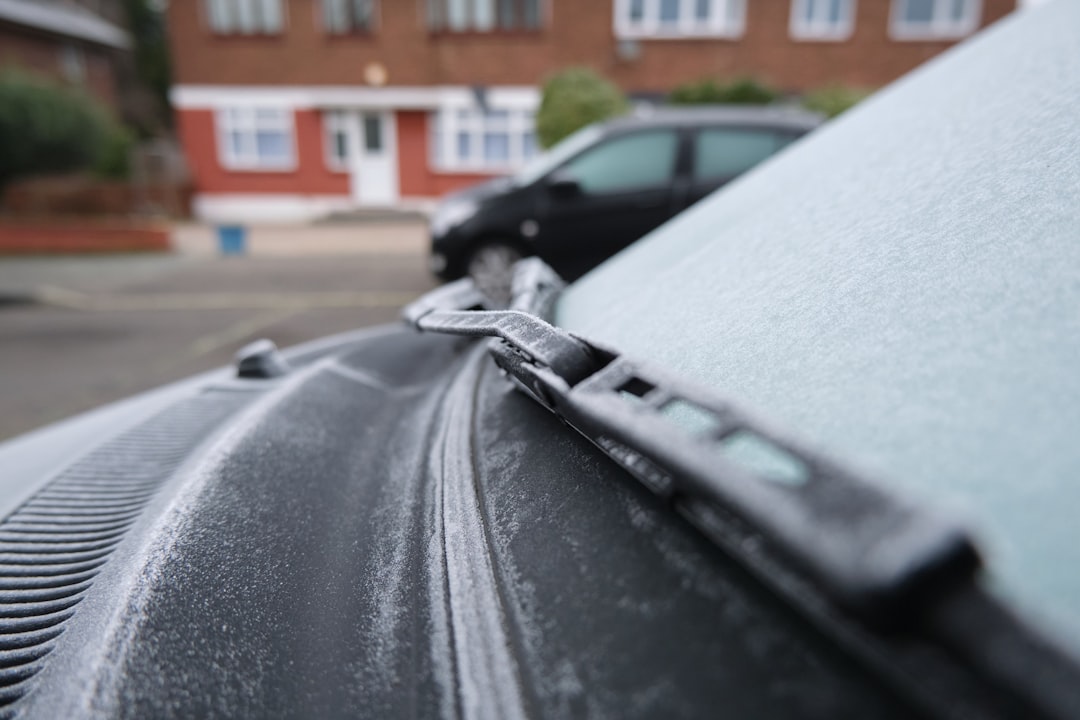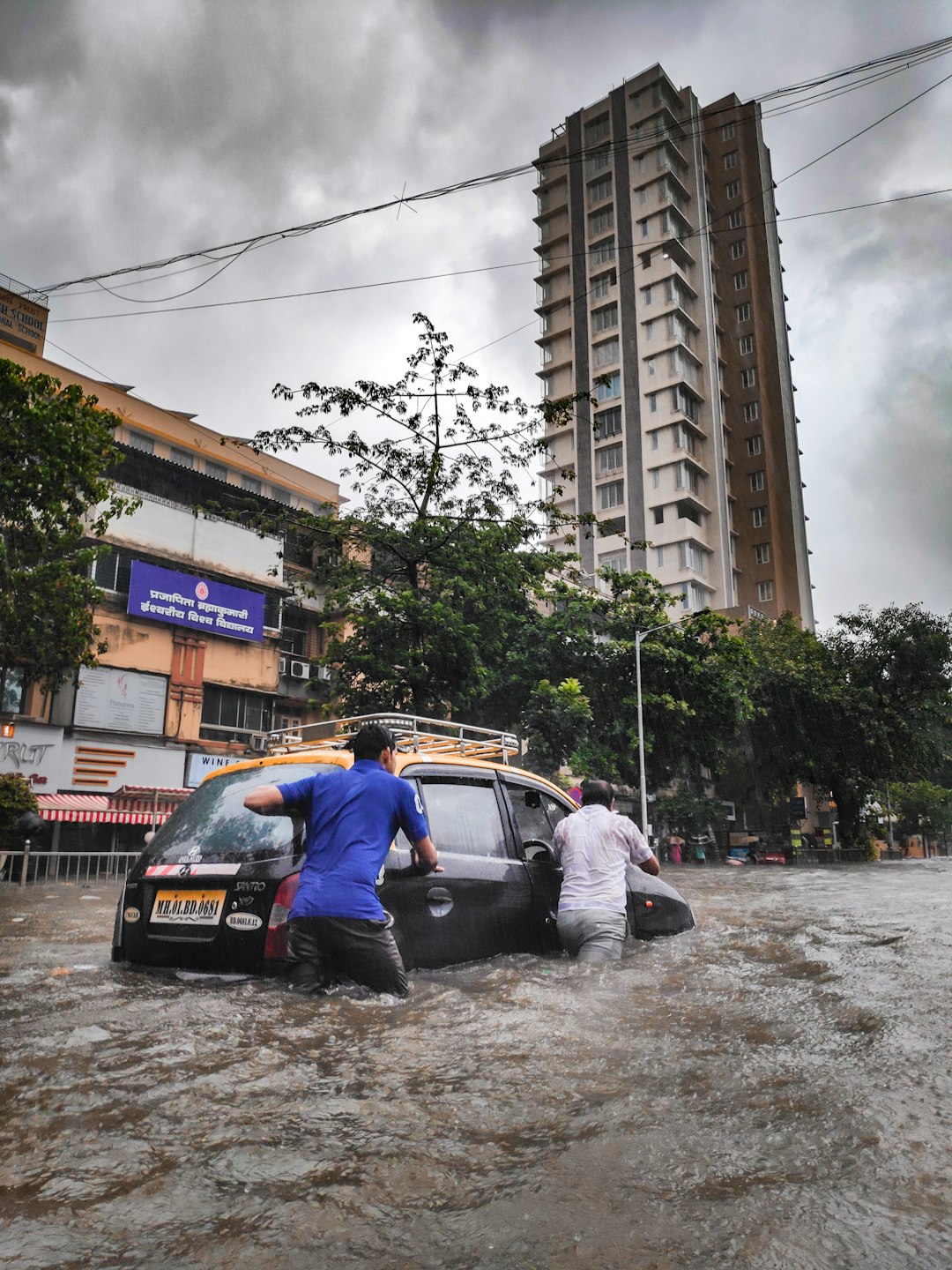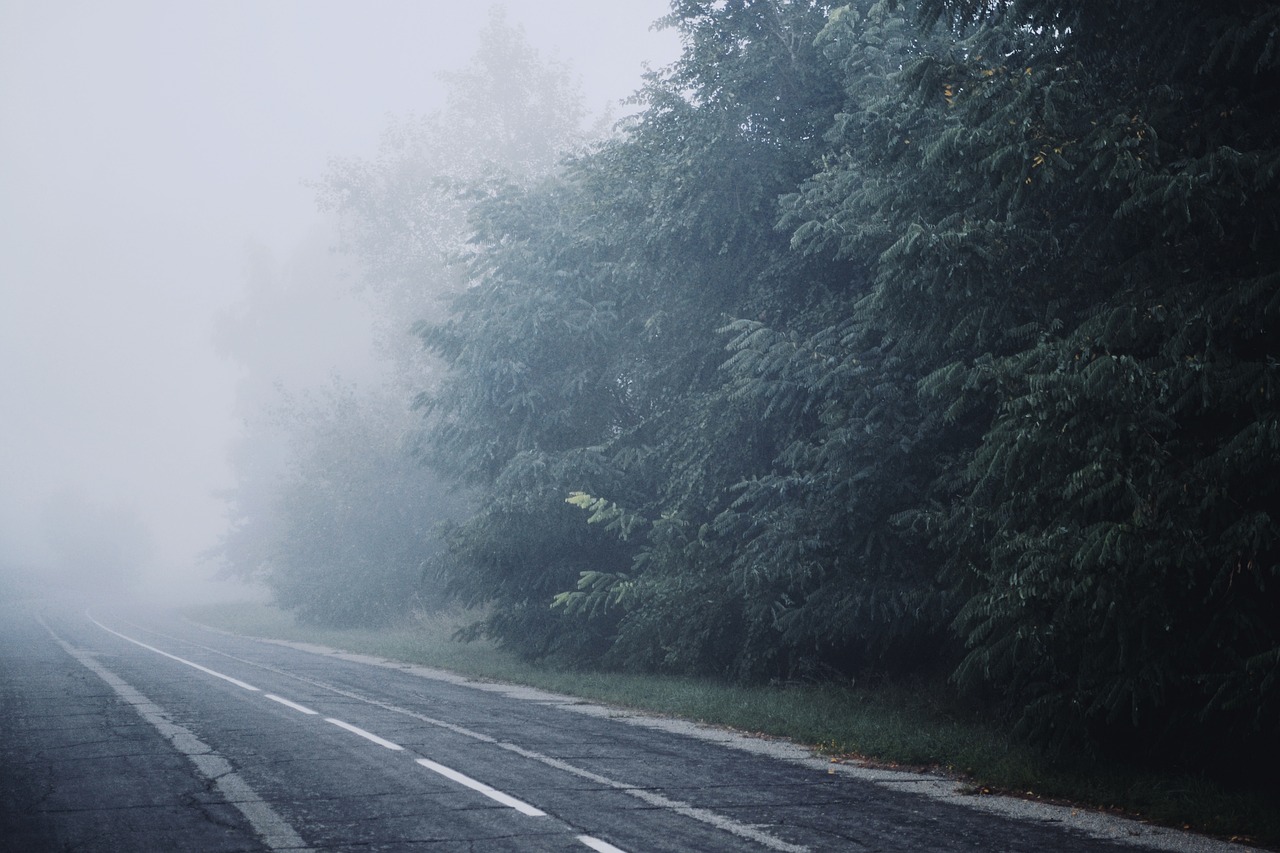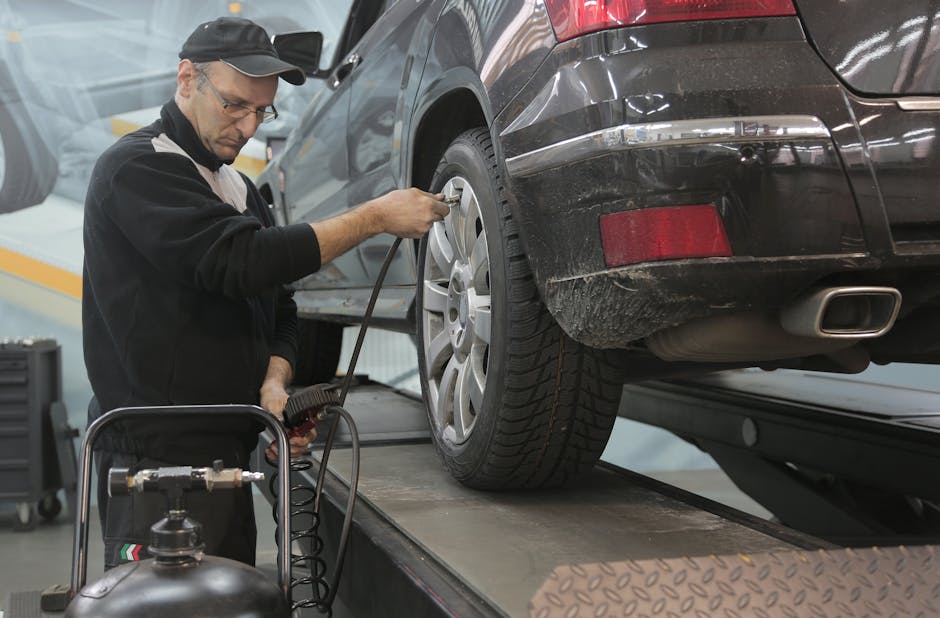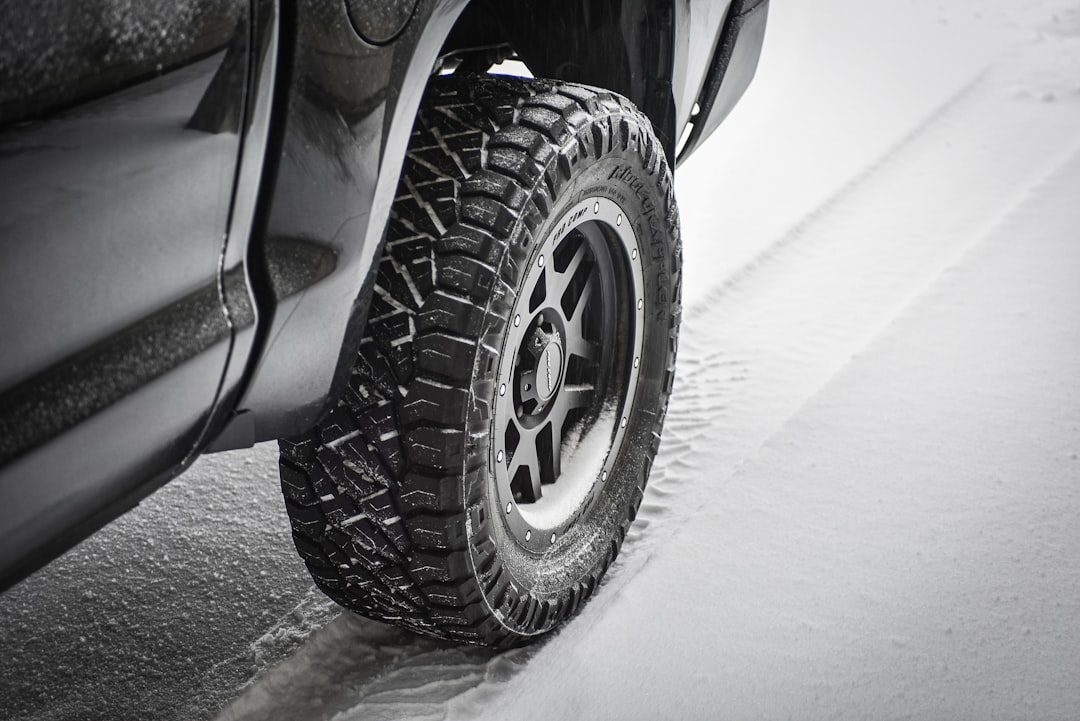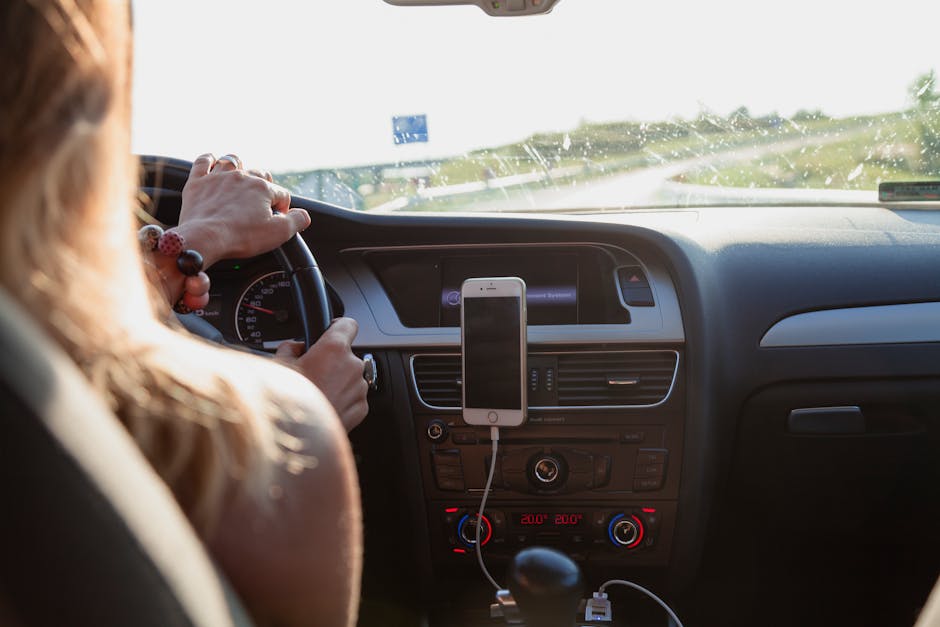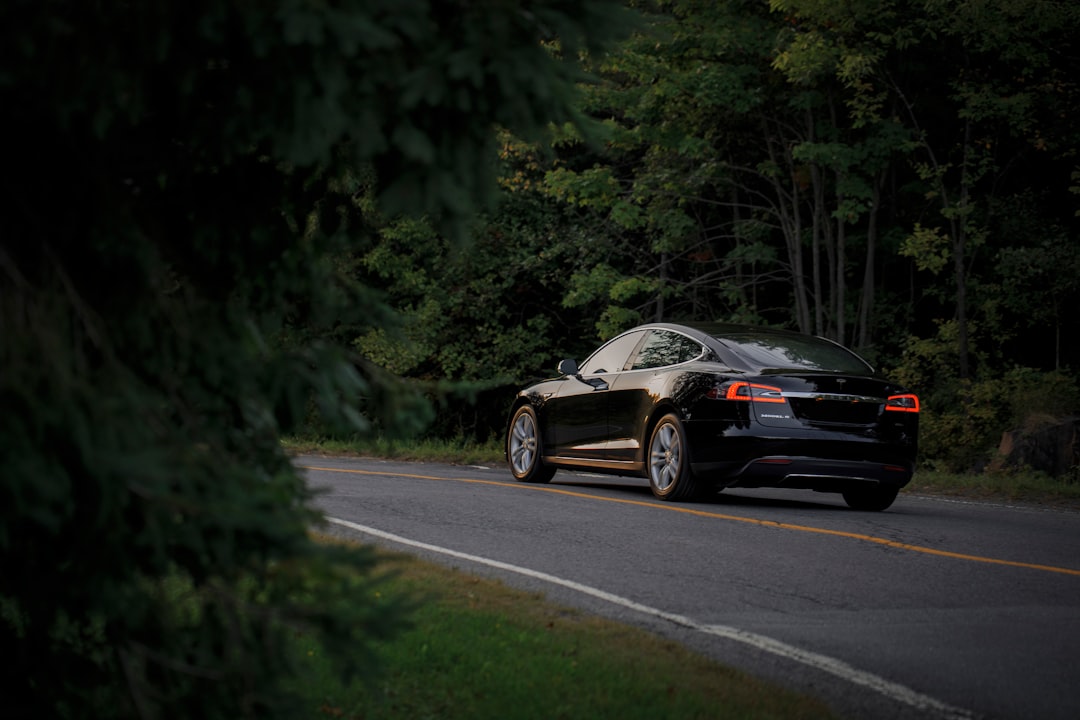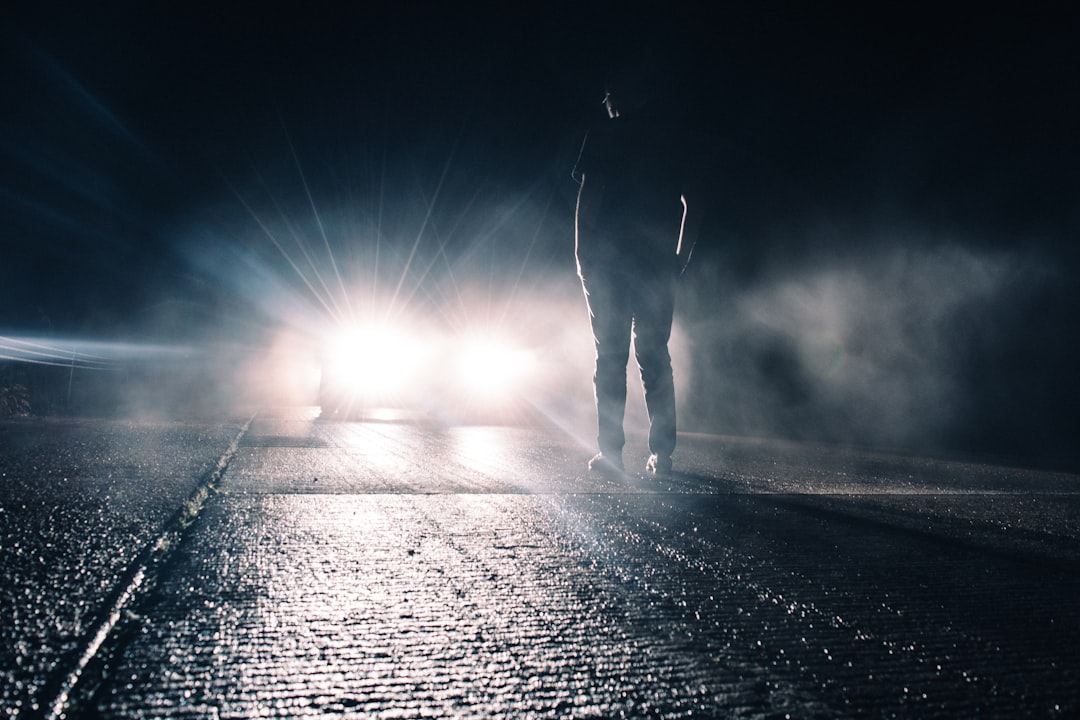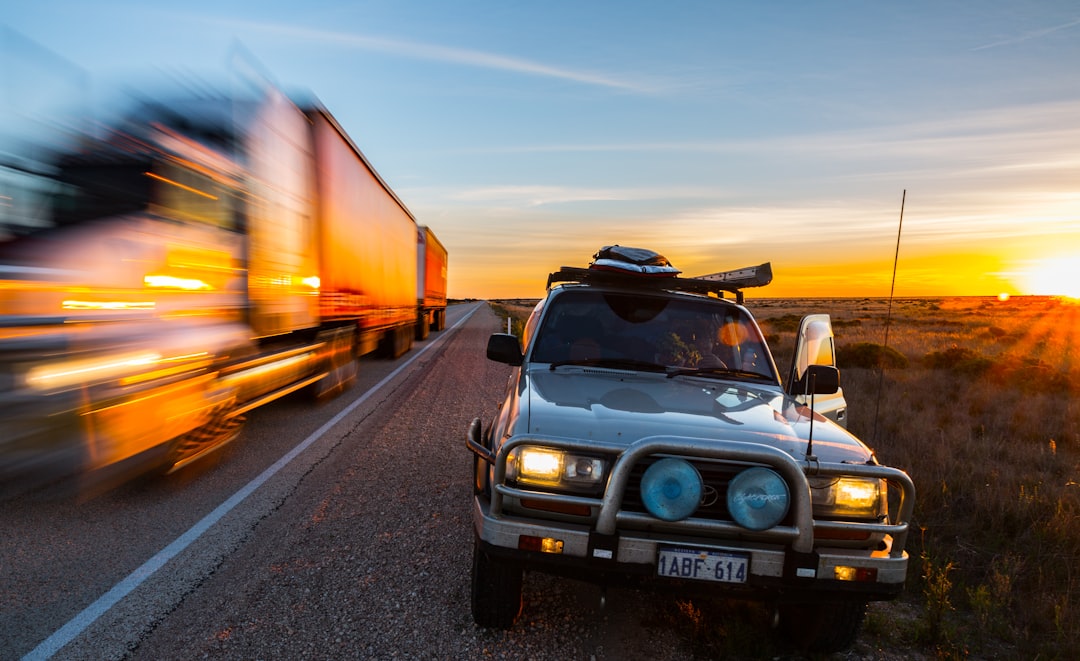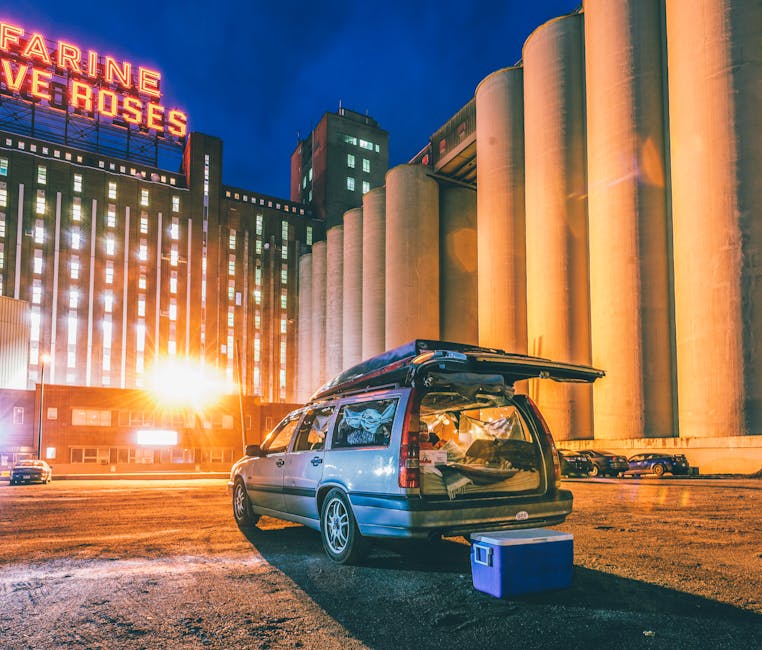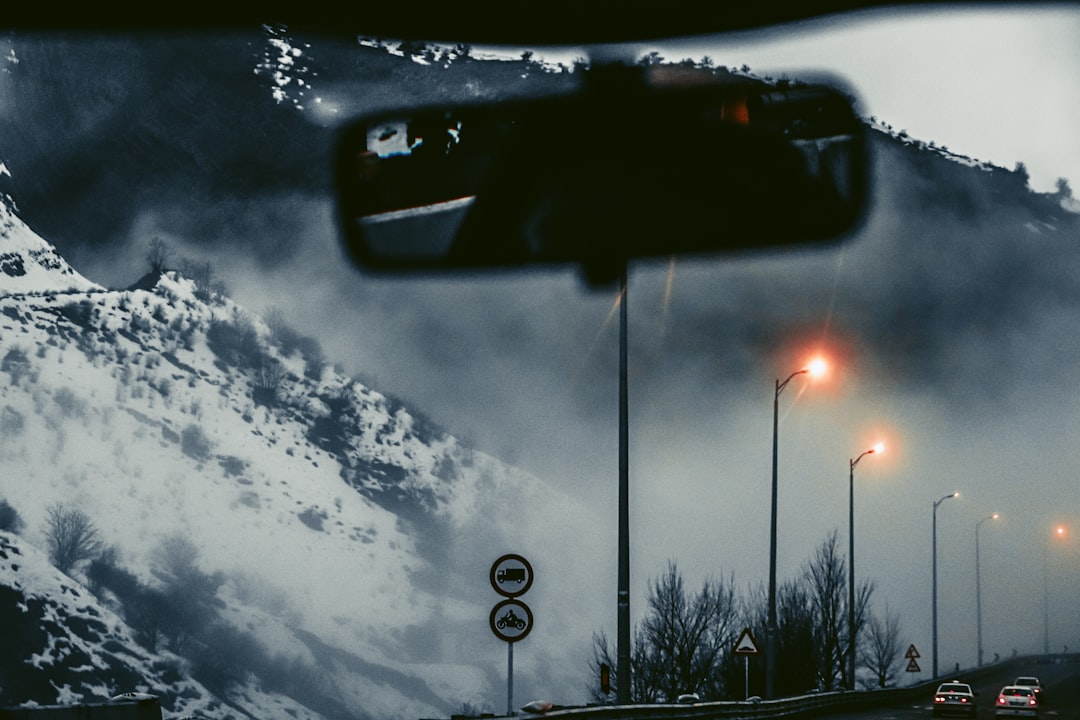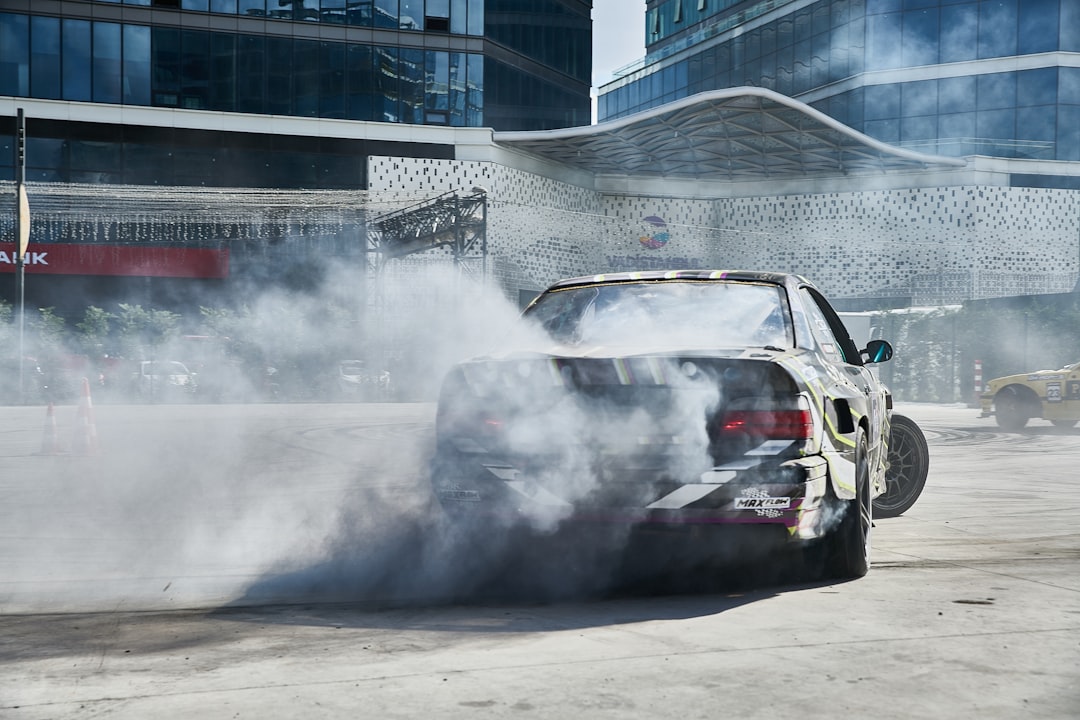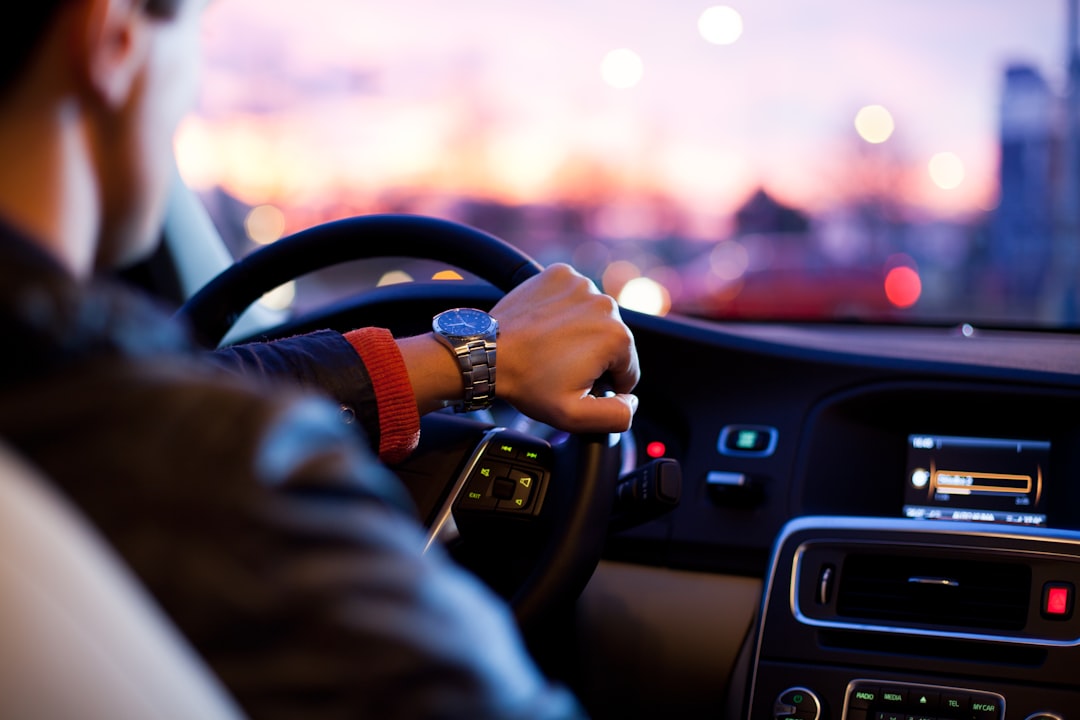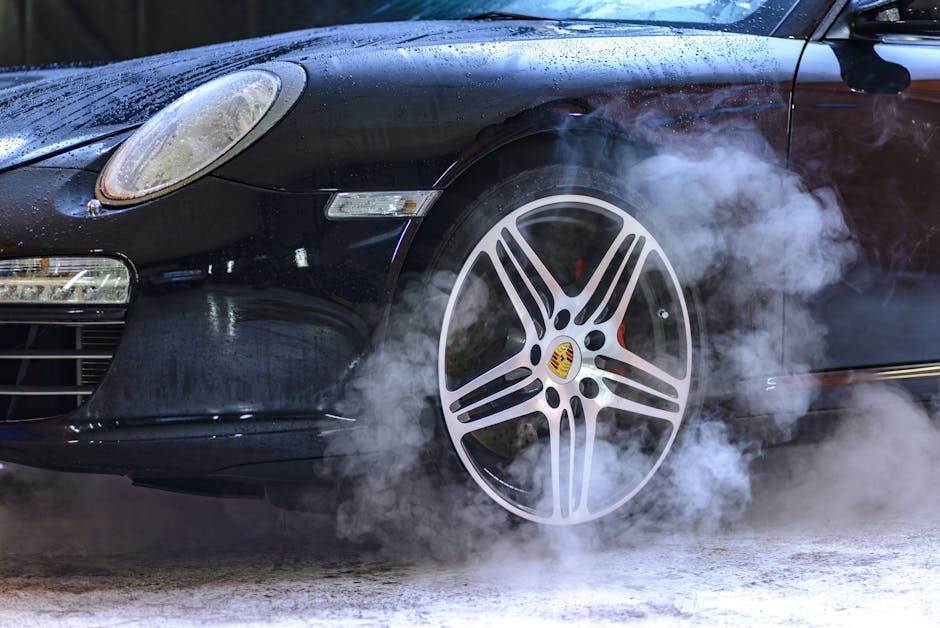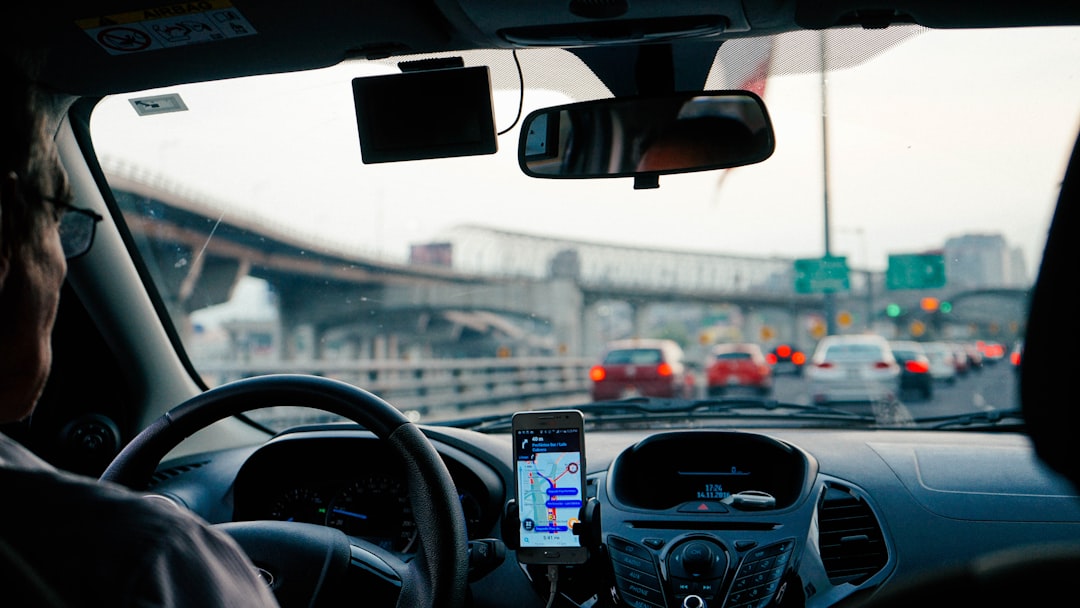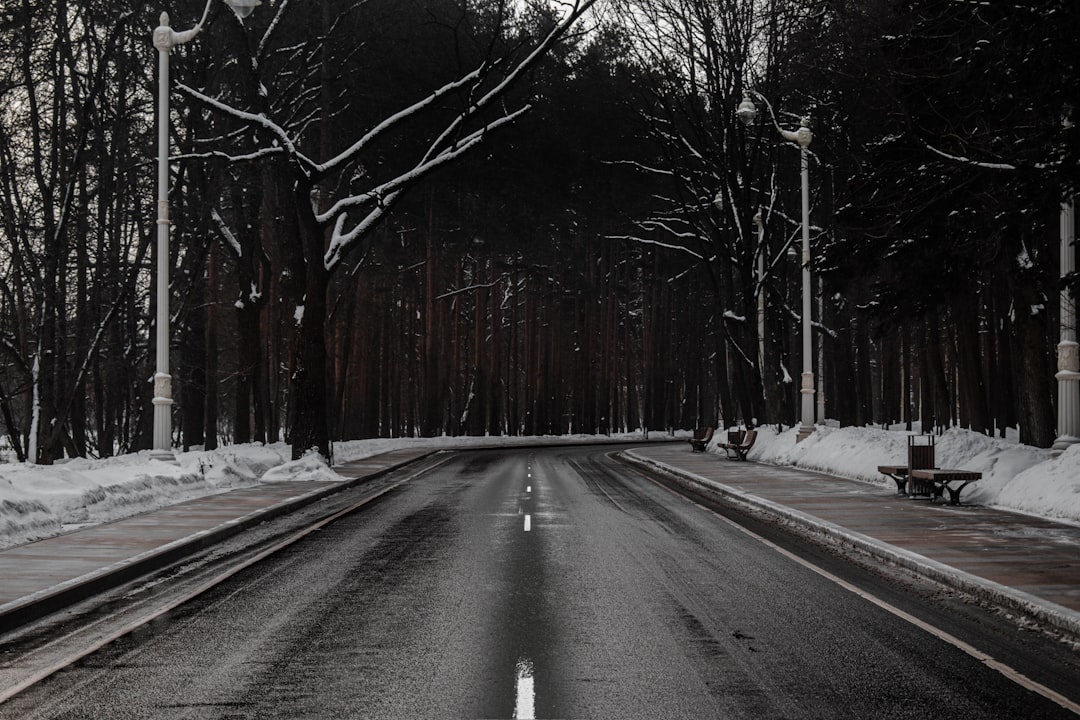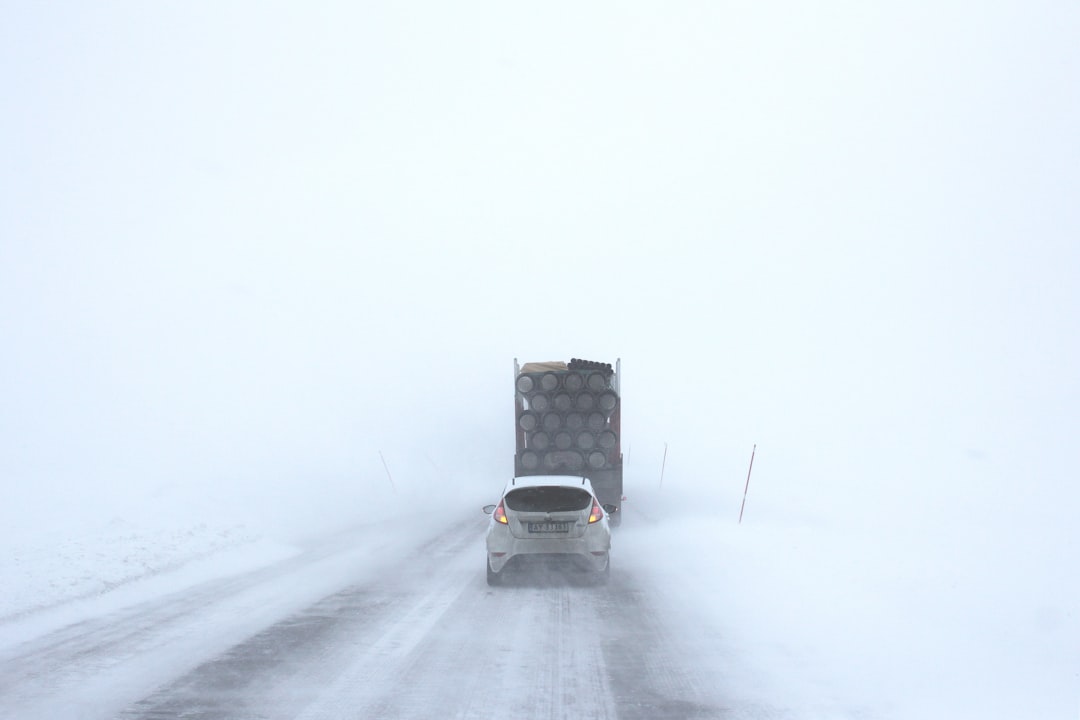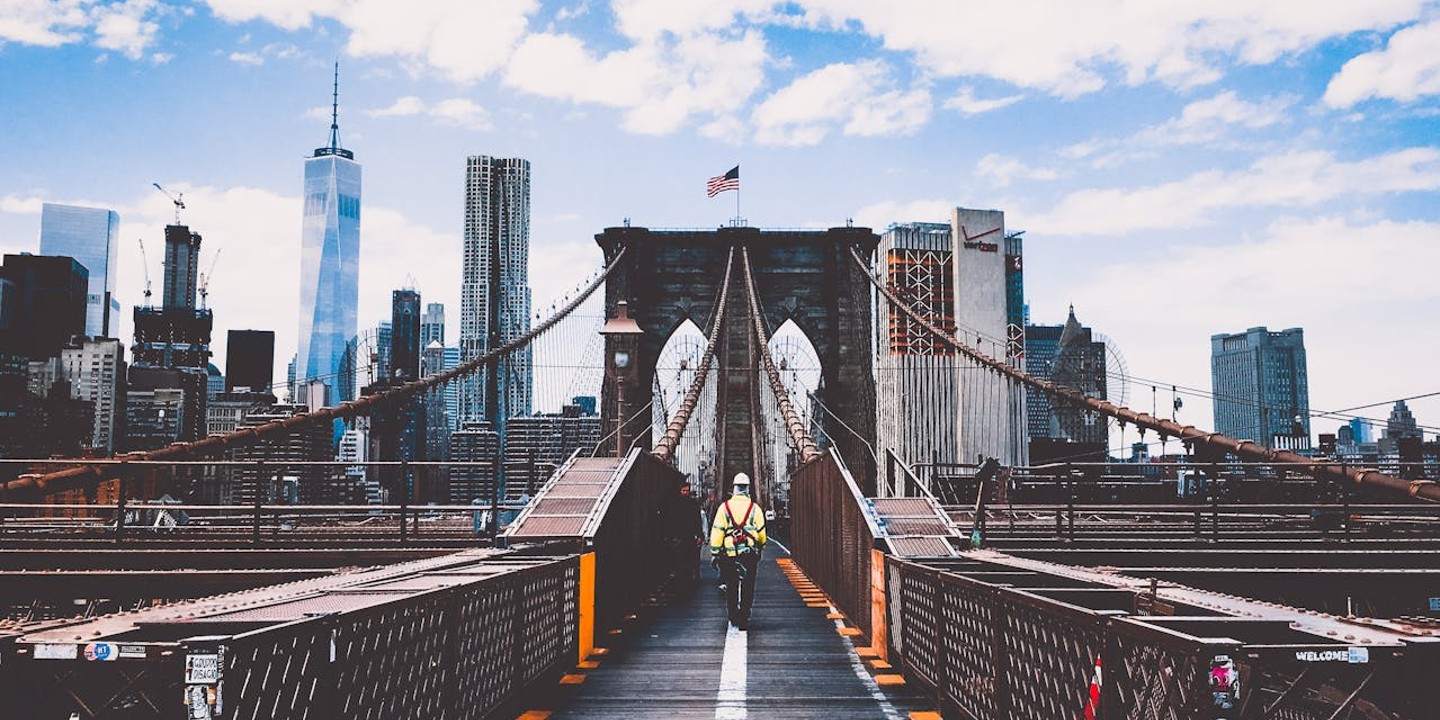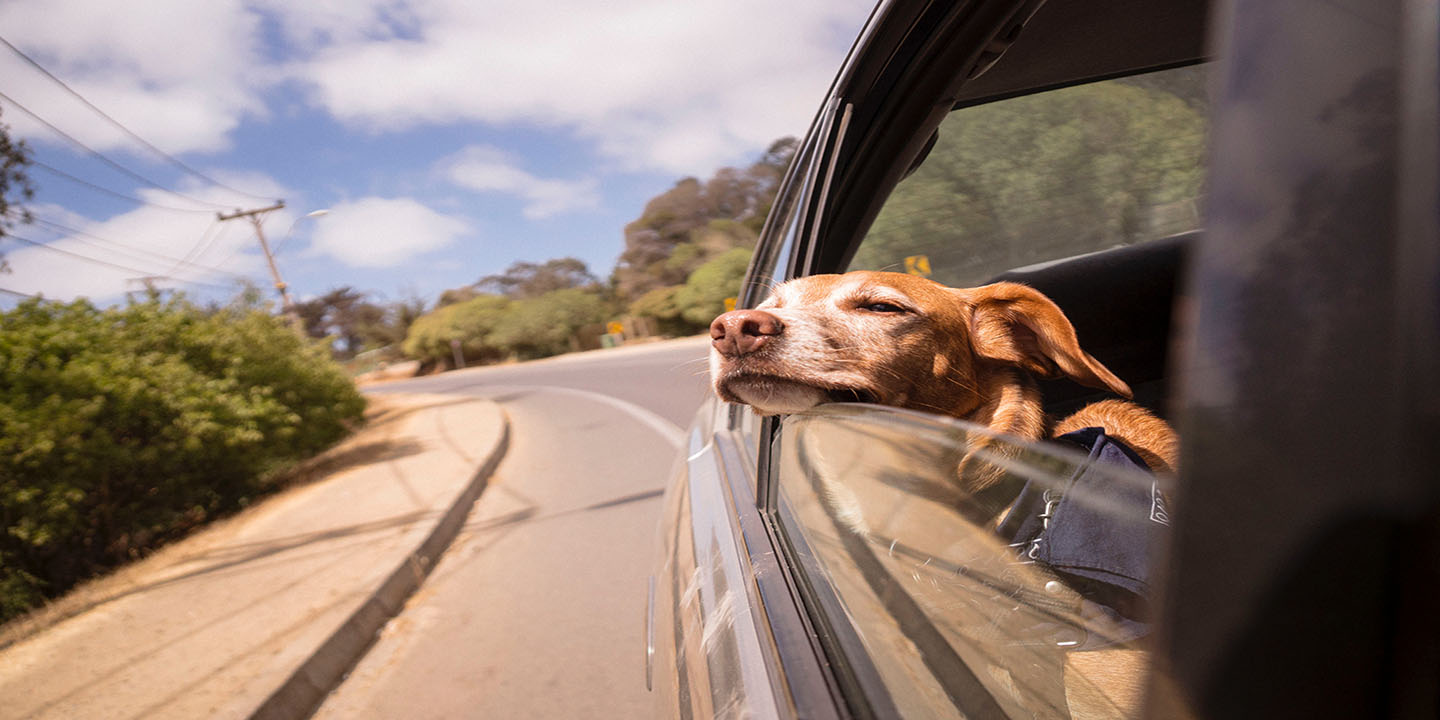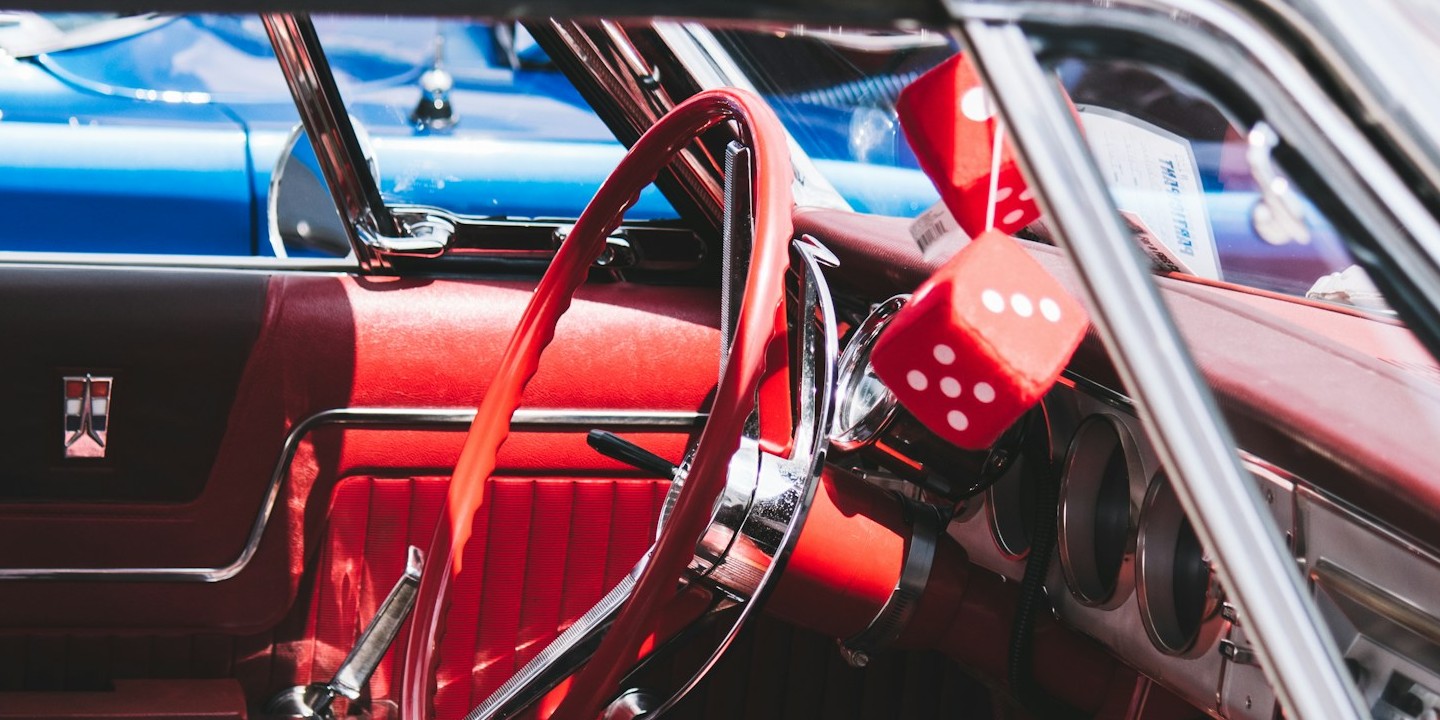Driving Safely In Bad Weather
Although holidays like Christmas and Halloween are exciting times that come with the colder season, it also brings bad weather. From heavy rain to snow and fog, it's important that you all stay safe out there. And when you're on the road, it's even more vital that you stay alert and know exactly what to do. If you often feel overwhelmed when driving in these situations, here are 20 great tips to keep in mind to help you stay safe. Please don't be afraid to do extra research so you're well-informed on how to handle poor weather.
1. Drive Slower Than Normal
Always remember that driving recklessly doesn't just put yourself in danger, you become a risk to everyone on the road. So if you're out on the streets during heavy rain, snow, or fog, put your need for speed aside and slow down. It's much harder adapting to poor weather conditions if you're going 200mph.
2. Give Yourself Extra Time
If you're headed to work or an important appointment, make sure you give yourself ample time to get there. The last thing you want is to feel rushed and do something dangerous just to get there on time. Give yourself a solid extra 30 minutes if needed; you should be taking your time in these instances, not speeding up.
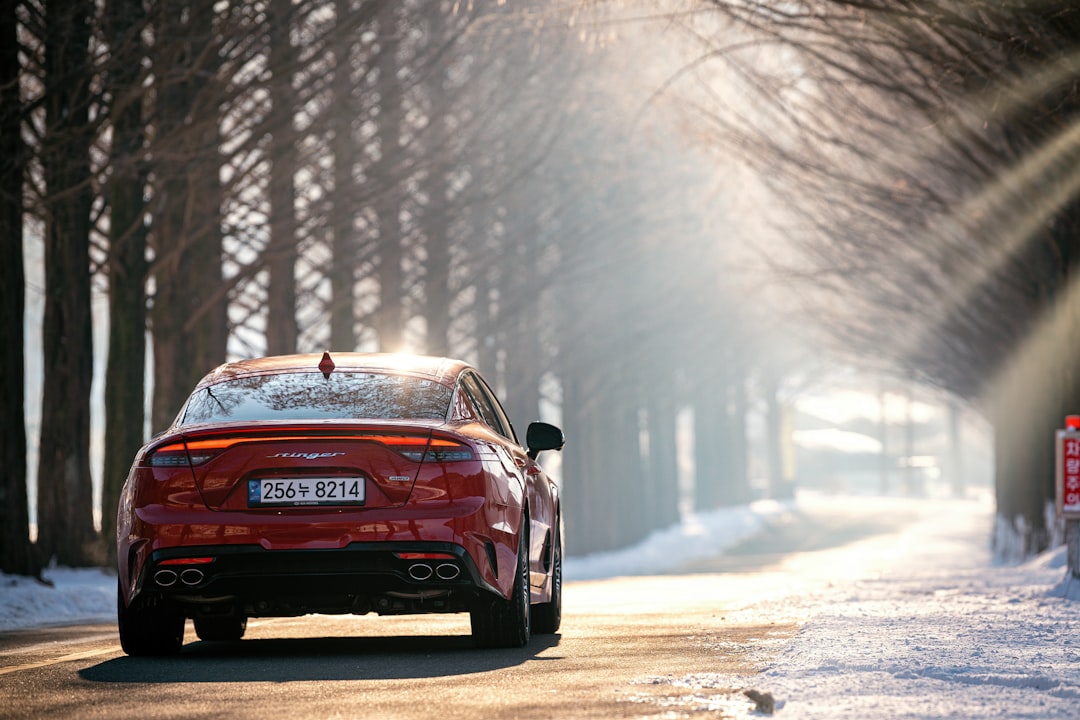 Hyundai Motor Group on Unsplash
Hyundai Motor Group on Unsplash
3. Brake Earlier Than Usual
When driving in bad weather, you should always brake a little bit earlier than normal. You need to take into account that the rain or snow on the ground might cause you to skid a bit further than expected. Not to mention, doing so gives you and everyone around you extra time to react.
4. Check Your Windshield Wipers Are In Good Condition
Often an overlooked step, always make sure your windshield wipers are good and ready to go in any circumstances. It's a part of your car that should be cleaned and regularly changed, much to many people's surprise. That's because it's an incredibly crucial car part that affects your visibility while driving.
5. Avoid Any Flooded Areas
Should you ever have to drive during heavy rain, pay extra attention to the road to avoid any spots that are especially flooded. Even if you think your car will make it through, don't risk it! There's no need to try and test if your car can swim during such a dangerous time. Take the long way around if you have to.
6. Use Low Beams For Fog
Despite what many people instinctively think, you should actually use low-beam headlights when driving in fog. Your brain might turn towards using high beams, but that actually causes glare which makes it even harder to drive through.
7. Check Tire Pressure
Regularly checking your tire pressure is not just important for the health of your tires, but it plays a crucial role in keeping you safe. When it's too low, it makes your car harder to control which can lead to accidents on the road. And if you're already driving in poor weather conditions, why make your life so much harder?
8. Use Winter Tires When It Snows
We know it costs extra money, but trust us, winter tires are a necessity everyone should have on hand. You absolutely should not be driving in bad snow without them. When the ground becomes all icy and slippery, having that extra grip can really be a lifesaving difference.
9. Keep Your Distance
Listen up tailgaters, put your ego aside and keep your distance when driving in bad weather. No one should be concerned about how fast they're getting somewhere, it should be about getting there safely. That's why keeping your distance from other cars is so important - you need to give people time to react when visibility and slippery roads may be a concern.
10. Don't Use Cruise Control or Self-Driving
Many cars these days come with auto-pilot or cruise control settings that allow drivers an easier time on the road. But when you're stuck in heavy rainfall, snow, or fog, it's vital that you trust your own skills rather than your car's. It's not safe trusting these automatic controls when other factors are at play.
11. Make Sure All Your Lights Are Working
While you already need headlights to drive at night on a regular basis, it's even more important to check that they're working if you're driving in bad conditions. Others on the road need to be able to see you, especially if it's hard enough gathering their surroundings.
12. Pull Over If You Feel Unsafe
It's okay to pull over to the side of the road if you're too scared to drive! If you need a second to collect your thoughts or figure out what to do, it's much better you collect yourself while the car is stopped. No one wants to drive while anxious or worried.
13. Keep An Emergency Kit in the Trunk
You never know what might happen on the road so it's a good idea keeping an emergency kit in the trunk. If you get stuck on the side of the road because of the weather, you'll be comforted knowing you have a plan ready in the back.
14. Make Sure All Windows Are Clear
Making sure you have complete vision of what's in front of you is key to driving safely no matter what the situation is. From the front windshield to the back and the side mirrors, make sure all the windows are clear so you can have a better gauge of what's going on around you.
15. Don't Slam Your Brakes If Skidding
It's important you learn how to handle your car in the case of skidding. Because in reality, you should do the exact opposite of what you're probably thinking is right: don't slam on your brakes. Doing so while make you lose more control of your car. It's recommended that you take your feet off the pedals and try (very gently) steering in the direction you want to go. The key thing here is to not panic! Do your research to learn more.
16. Make Turns Extra Carefully
Some dangerous drivers just love making turns at high speeds. Whether they want to kick out the back or are looking to make that screeching sound, it's simply unsafe. And if you're caught in unindeal conditions, it's even more important that you take the time to make slow, careful turns.
17. Never Brake Hard In Poor Conditions
Braking too hard is never good, but if you're driving through rain or snow, doing so might just make your tires lose traction. If anything, there's a possibility it'll cause you to skid or slip, so be extra careful when applying your brakes in these kinds of weather.
18. Remain Calm
No matter what situation you're in, whether you're stuck in traffic, getting tailgated, or driving through poor conditions, it's essential that you stay calm and composed. Letting your emotions get to you while on the road is dangerous for you and others. Do your best to take deep breaths, play some music to calm you down, and focus on what's in front of you rather than what you're feeling.
19. Beware of Black Ice
It's not just snow you have to worry about, during winter, keep your eyes out for black ice. Responsible for many accidents on the road, these sneaky, slippery areas are so dangerous. Just try to watch out for patches on the ground that are shiny - it's probably clear ice.
20. Don't Drive Unless You Have To
The best tip we can give you? Don't head out on the roads unless you absolutely have to! You can minimize your risk of car accidents during bad weather by simply staying home where it's much safer. There's no need to test out your driving skills in these conditions - play it safe.


